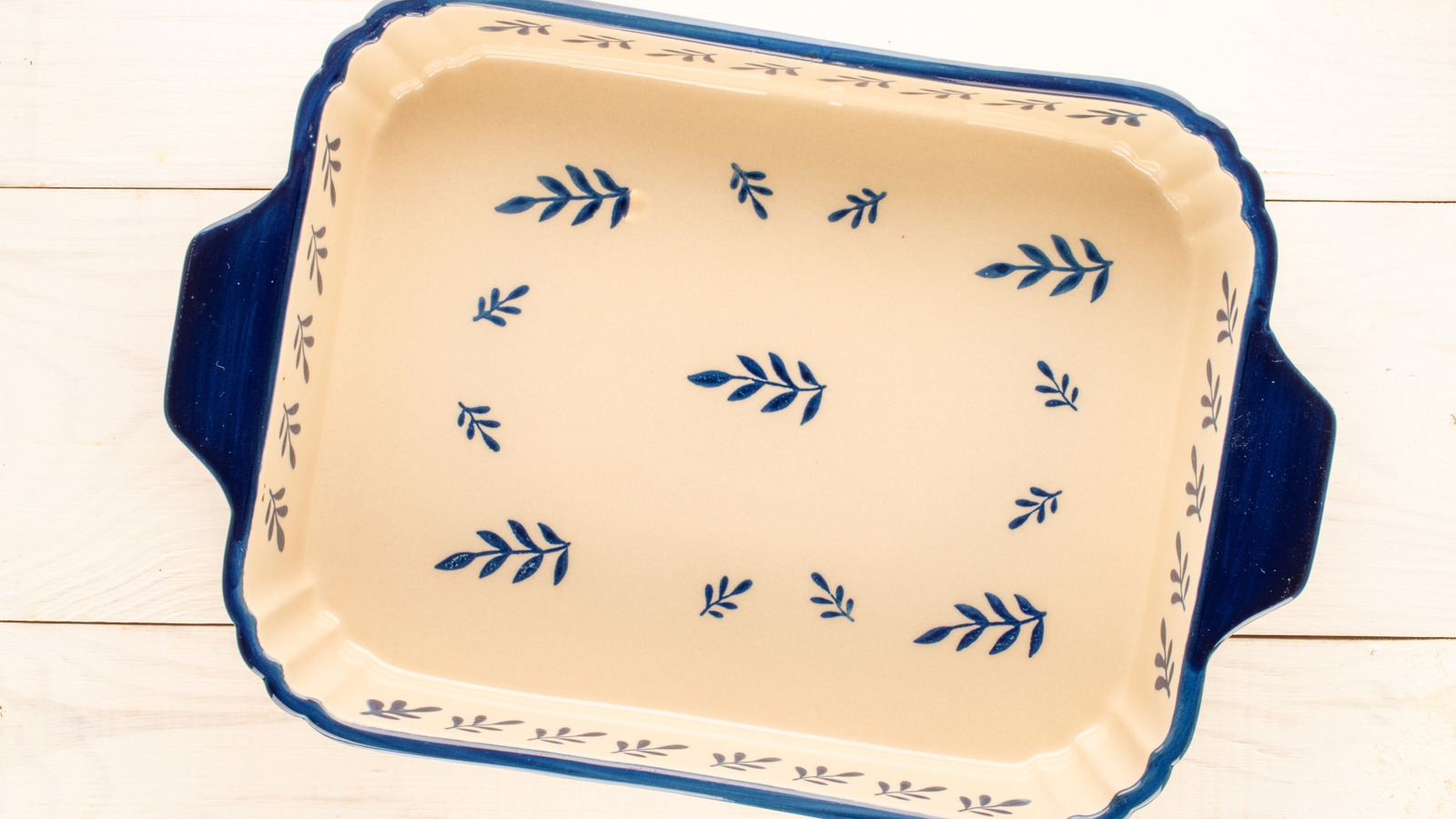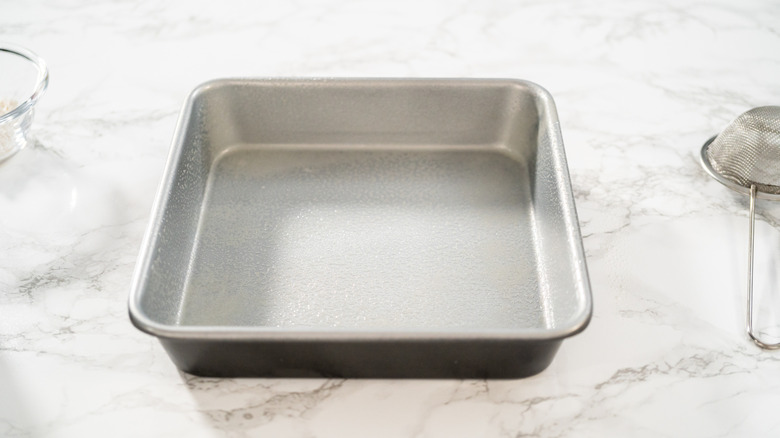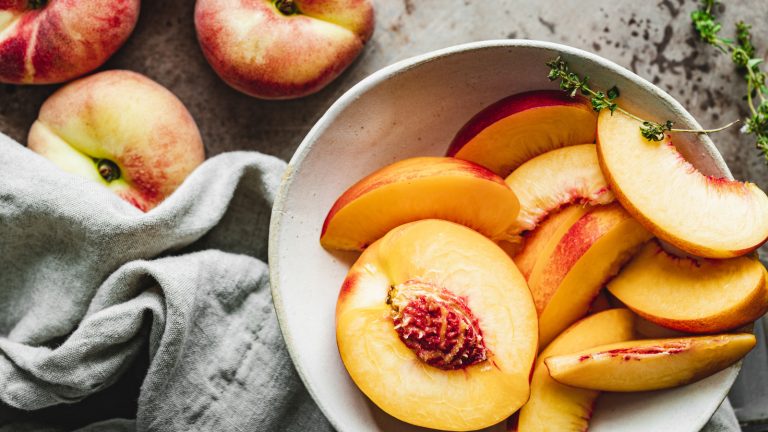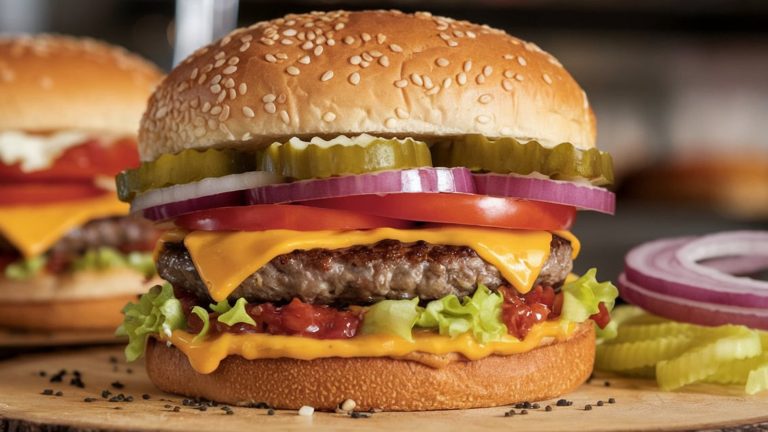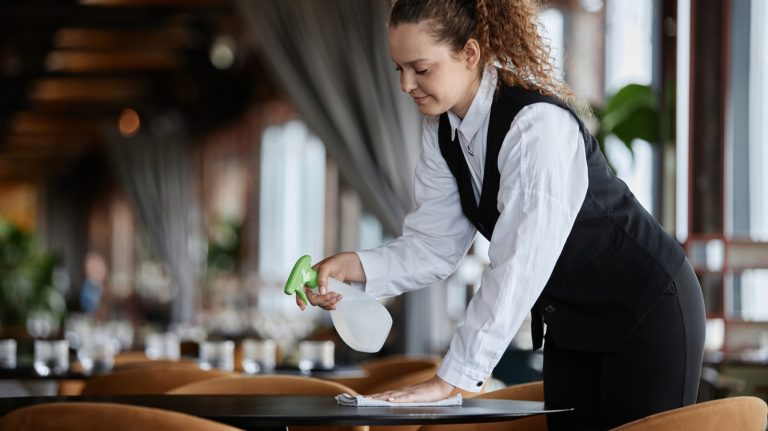You are halfway through a recipe for baked mac and cheese when it hits you: it says “baking dish,” but all you’ve got is a metal pan. Panic? Maybe. Improvise? Definitely. But if you have ever wondered what the difference really is between a baking dish and a baking pan — and whether it even matters — we are here to clear things up before your casserole ends in crusty disaster.
Spoiler: it does matter. A lot more than you think. A baking dish usually means glass or ceramic. Think of the trusty 9×13 Pyrex your aunt brings to every potluck or the deep stoneware vessel you use for lasagna when you want to feel fancy. These dishes hold heat slowly, then evenly, making them ideal for foods that benefit from gentle, consistent baking.
Meaning, baking dishes are perfect for breakfast casseroles, baked pastas, custardy bread puddings, and desserts like cobblers or fruit crisps. Their thick walls and slower heat transfer mean fewer burnt bottoms and better carryover cooking (so it keeps bubbling long after you pull it from the oven). Plus, bonus — they look great going straight from oven to table. That’s dinner and decor in one.
The plan with baking pans
On the flip side, a baking pan is usually metal — aluminum or stainless steel. These are your cookie sheets, square brownie pans, and trusty cake rounds. Metal pans heat up fast, cool down quickly, and give great browning and crisping. So if your goal is golden cornbread, crackly-edged brownies, or delicious roasted veggies that don’t steam themselves into sadness, this is your go-to. Because metal conducts heat more efficiently than ceramic or glass, baking pans are also best for foods that need a quicker set, like muffins, bar cookies, or anything you want to crisp up around the edges without waiting a decade.
Pro tip: if you’re baking something temperature-sensitive like cheesecake or custard, glass or ceramic is your friend. But if you are after texture — say, crisp crusts or caramelized bits — metal pans bring the heat (literally).
If your recipe specifically calls for a baking dish, it likely wants a gentle, even bake — so go glass or ceramic. If it says baking pan, go metal for more aggressive browning and a firmer structure. Swapping one for the other can work in a pinch, but you will need to adjust bake times slightly. Glass and ceramic may require reducing the oven temp. And metal pans? Watch those edges; they will brown fast.

